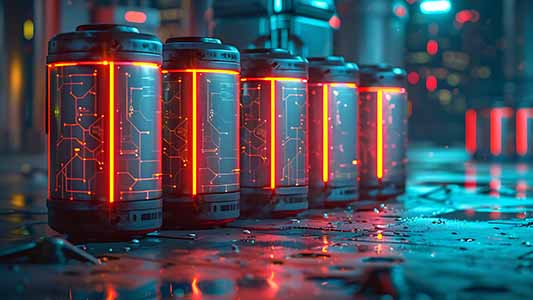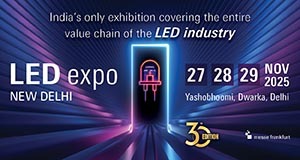The quantum battery market is still in early R&D stages, but analysts project the global market could surpass $500 million by 2030, driven by adoption in quantum computing, aerospace, and advanced electronics.
Between 2020 and 2024, there was a 300% increase in global patents related to quantum energy storage, particularly from research institutions in the U.S., EU, and China. IBM, Harvard, and the University of Tokyo are leading in quantum battery theory and hardware modeling.
As IBM continues to lead in quantum computing, semiconductor research, and high-frequency electronics, a new paradigm in energy storage—quantum batteries—is poised to redefine the performance boundaries of RF and microwave test systems. For IBM’s instrumentation partners and internal R&D divisions alike, this emerging technology offers transformative benefits in precision, uptime, and mobility.
RF & Microwave scenario
RF and microwave test systems operate in a domain where nanosecond timing, thermal stability, and signal fidelity are paramount. Traditional power sources—especially in portable and modular test setups—often introduce limitations that compromise these characteristics.
Quantum batteries, operating on quantum entanglement and superposition principles, propose a revolutionary shift:
1. Ultra-Low Noise Power Delivery
Quantum batteries are inherently non-chemical and can potentially eliminate internal resistive heating and voltage ripple. This offers a near-noiseless power supply—crucial for RF measurement chains, where power supply stability directly influences signal integrity, especially above 20 GHz.
2. Instantaneous Charging for Field Test Units
In RF field testing—whether for 5G mmWave deployments, radar validation, or antenna alignment—downtime due to recharging is a persistent bottleneck. Quantum batteries promise supercharged recharging speeds via collective quantum states, enabling near-continuous operation with minimal interruption.
3. High-Density, Compact Energy Modules
Quantum batteries theoretically offer higher energy density per unit volume, allowing IBM and its instrumentation partners to build smaller, lighter test modules for aerospace, defense, and satellite communication sectors—where size, weight, and power (SWaP) constraints dominate design priorities.
IBM’s Edge: Integrating Quantum Power into RF T&M Innovation
IBM’s leadership in quantum computing positions it uniquely to not only explore quantum batteries from a fundamental physics standpoint, but also as an enabler of infrastructure for testing quantum and RF systems side by side.
Use Case Synergy:
- Quantum T&M platforms, already being developed for quantum bit (qubit) verification, could become early adopters of quantum batteries as internal power modules.
- In high-frequency VNA and spectrum analysis, quantum-powered subsystems could reduce latency and jitter caused by fluctuating power rails.
- Modular Test Systems Powered by Quantum Modules:
IBM’s adoption of modular test setups (such as PXIe-based RF analyzers) could benefit from plug-in quantum battery modules, making them more resilient to power variability in field labs or mobile test scenarios.
Strategic Path Forward
Despite being in nascent stages, quantum battery research is accelerating. IBM’s collaboration with academia, national labs, and startup ecosystems puts it in a pivotal role to:
- Pilot quantum battery prototypes in RF T&M environments.
- Co-develop test platforms with embedded quantum power sources for internal use and commercial licensing.
- Standardize quantum battery integration interfaces for third-party test gear interoperability.
Conclusion
For IBM, quantum batteries are more than a futuristic energy source—they’re a strategic enabler of performance, efficiency, and innovation in the increasingly complex world of RF and microwave testing.
As 6G, satellite IoT, and quantum radio systems move from lab to real-world deployment, IBM stands to gain by shaping the next generation of test systems—not just with quantum intelligence, but powered by quantum energy itself.
References:
1)chatGPT.












